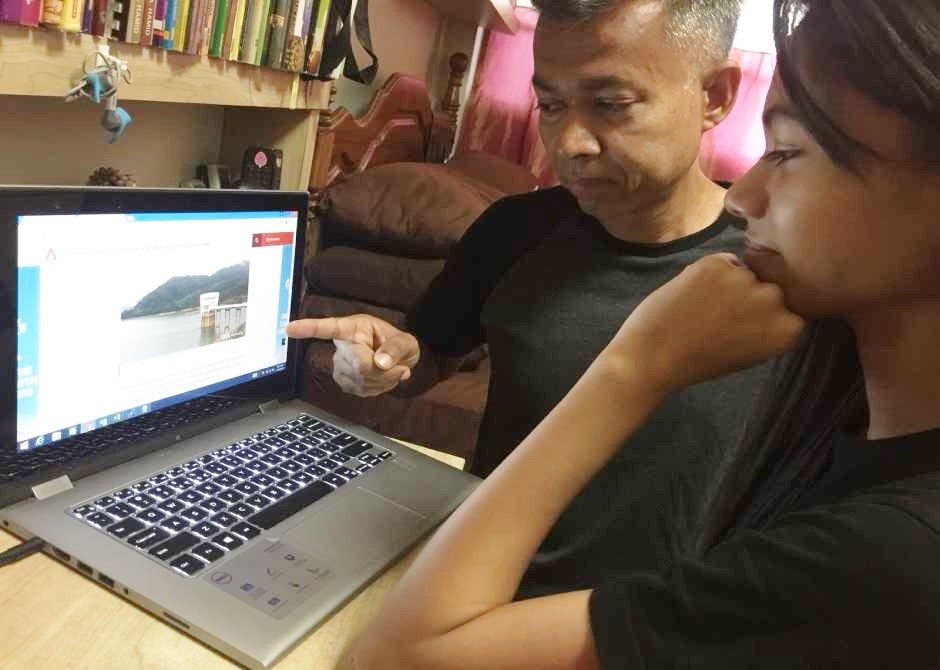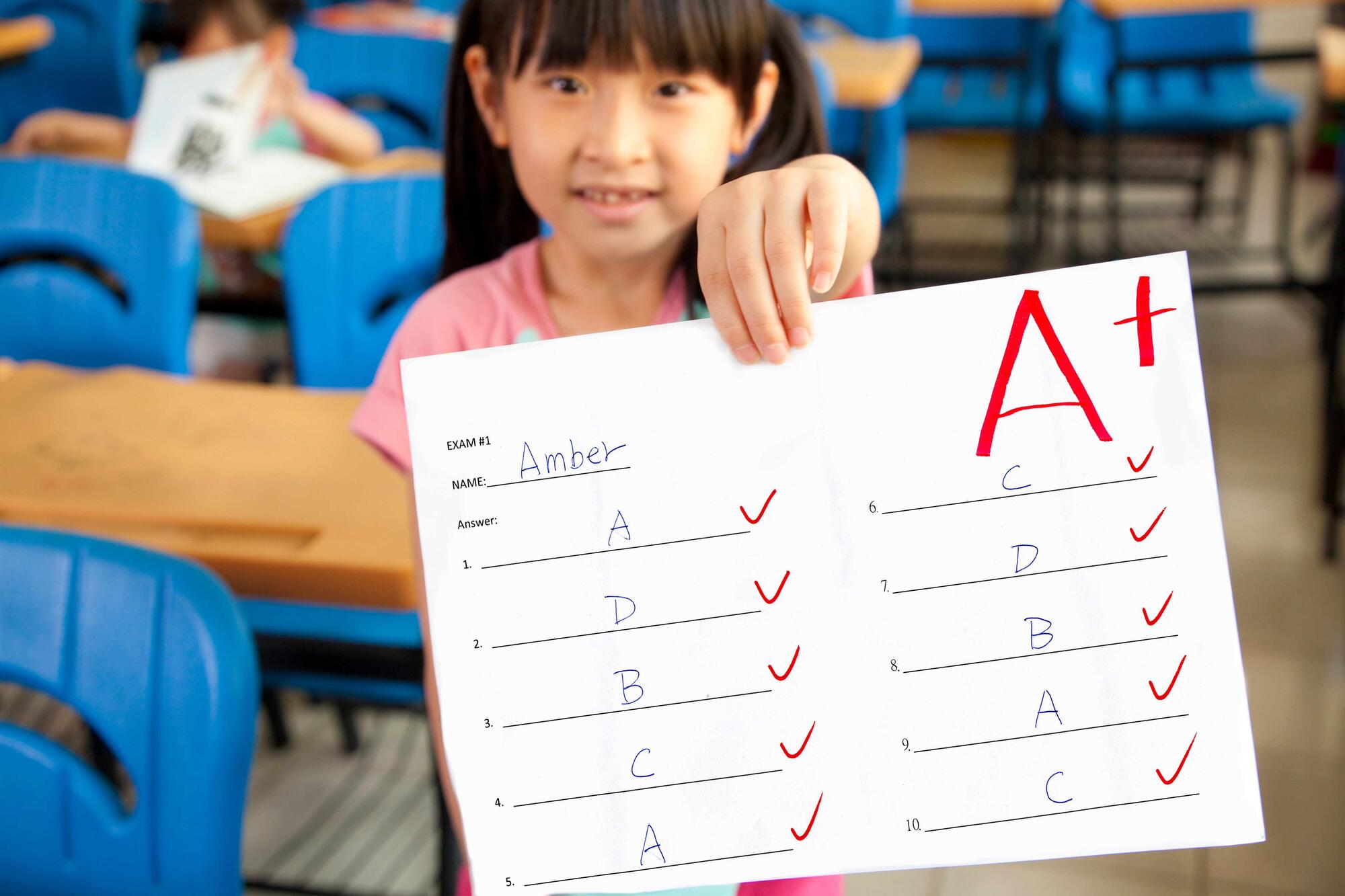With the advancement in technology over the last few decades, information is widely available in cyberspace. However, ever so often, the information that we are exposed to in the form of news, articles or pictures, may not be accurate or ‘real’. This is what we term fake news or online falsehoods. Children are exposed to such information online at the click of a mouse or a tap of a screen. Essential information literacy skills, such as checking the reliability of and evaluating sources of information taught in Social Studies help cultivate the habit of verifying information before making judgements. This will help the individual be less impulsive and reduce the tendency to uncritically accept information at face value.
Our children would need guidance as they navigate through tons of information online. How, then, can we guide our children in doing so? Using National Library Board (NLB)’s S.U.R.E campaign to promote Information Literacy, we have come up with some possible ways you can help your child develop these skills further.

NLB’s S.U.R.E campaign to promote information literacy
Adapted from https://www.nlb.gov.sg/sure/wp-content/uploads/2014/01/NILB_About_lowres_FA.pdf
Determine the source of information provided
What can we do? Remind your child to check the origins of the websites that they obtain information from. There are times your child may cry foul over certain articles or pictures they come across online. Headlines such as “Government to increase schooling hours because students do not study hard enough” or “There will be no more bus concessions for students because of constant misuse” may stir emotions because these headlines would impact them as students. This could sway judgment of the issue discussed. Before jumping to conclusion, your child could be guided to determine if the source or website is credible. This will help them make better decisions on whether to believe the article or picture.
Mr Ahmad Ali, a football coach and a father of 3, guides his 14-year old daughter, Amira Sufya, whenever they discuss news articles online (photograph on the right). “She would usually share her feelings after reading. It could range from shock and anger to excitement. I tell her to calm down and check where the article is from, the website domain and author. She is now more aware of the need to know the source before deciding if the information can be trusted further.”

Understand the information you are reading
What can we do? Guide your child by reminding them that information should be read and understood clearly. Your child should understand the information presented in news, articles or pictures in totality. Your child should not assume that one part of the article or one section of the picture represents the message in entirety.

Mdm Grace Tham finds time amid her busy schedule to have constant conversations with her children. She shared how she makes it a point to read front page news with her 13-year old son, Timothy (Photograph on the left). “I encourage Timothy to read or study articles or pictures fully as he needs to make sure he has a clear picture of the whole article. Kids like it when we listen to what they have to say. Having a clearer picture of information he comes across actually helps him to articulate his views better. I love having debates with him but if he only zeroes in on a particular information in the article, he is likely not able to provide a clear argument.”
Research to check, evaluate the article from different perspectives
What can we do? Encourage your child to dig deeper and refer to other sources to check the information found in the article or picture. One way you can do is by asking probing questions such as “Do you think it is fair if you make a conclusion based on this article you are reading?”, and “How else can you make sure that what you have read is correct?” These questions can guide your child in ensuring that more than one source is looked at when making a conclusion. By doing so, your child would be able to make a justified and reasoned conclusion on the accuracy of the information presented in the article. Make sure your child does not accept only one side of the story and insist that other views are wrong. By exercising fair judgment and considering various viewpoints, your child can make a sound decision on whether to accept or dismiss what is stated in the article or picture.
Social Studies – Nurturing an informed citizenry
Social Studies is a subject that develops critical thinking skills. By honing these skills, our children will learn to make decisions based on sound reasoning after considering various perspectives. This will help cultivate good habits of managing the impulsivity of jumping to conclusions before information is checked for validity. In doing so, they are better able to ascertain if information provided in news, articles and pictures can be trusted. Our children will share different pieces of information with us. The question then is – Would we want to accept their opinions or disagree with them? Or do we want them to be S.U.R.E that what they are reading is indeed reliable? These may seem daunting at first but our three featured parents have shown that simple strategies help their children become more discerning when dealing with pieces of information online.





57ce7ba7a8a66eb2afccc900c73e6f2e.jpg)
